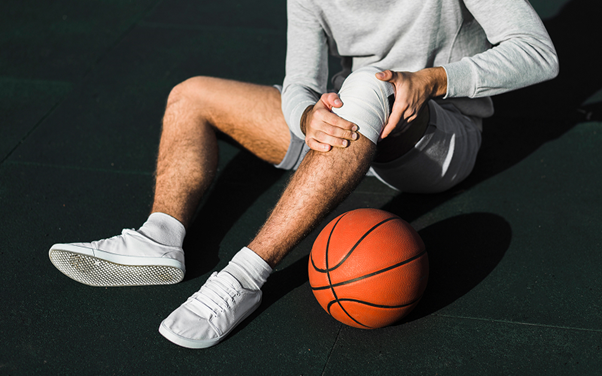Active lifestyles keep bodies strong, but sports also bring a risk of injury. Athletes, fitness enthusiasts, and casual players all face situations where pain, swelling, or reduced mobility stops them from performing. Sports injury clinics provide diagnosis, treatment, and recovery plans tailored to help patients return to activity quickly and safely. Understanding the most common injuries managed at these clinics can aid in recognising symptoms early and seeking timely medical attention.
1. Sprains and Strains
Sprains and strains remain among the most frequent injuries seen at sports injury clinics. Sprains occur when ligaments stretch or tear, while strains affect muscles or tendons. Sudden twisting, overuse, or direct impact during physical activity often triggers these injuries. Symptoms may include pain, swelling, bruising, and reduced range of motion in the affected joint.
Sports injury clinics handle such cases by conducting physical examinations and, if necessary, imaging scans to assess damage. Treatment usually involves rest, ice application, compression, and elevation to reduce swelling. A sports injury doctor in Singapore also prescribes physiotherapy exercises for restoring strength and flexibility. In severe cases, such as complete ligament tears, surgical repair may be necessary.
Recovery timelines vary depending on severity, but patients benefit from early diagnosis and targeted rehabilitation plans. Clinics focus on restoring function while minimising the risk of reinjury. Preventive strategies include proper warm-ups, strength training, and technique correction.
2. Tendonitis
Tendonitis develops from inflammation or irritation of tendons due to repetitive movements, poor form, or sudden strain. Athletes engaged in running, tennis, or weightlifting often experience this condition. Common sites include the Achilles tendon, rotator cuff, and patellar tendon. Symptoms involve localised pain, stiffness, and tenderness that worsen with movement.
At sports injury clinics, diagnosis involves reviewing activity history and conducting physical assessments. A sports injury doctor in Singapore may recommend ultrasound or MRI scans to identify inflammation or minor tears. Treatment focuses on reducing tendon stress and inflammation. Options include rest, ice therapy, anti-inflammatory medication, and guided physiotherapy.
Rehabilitation programs strengthen surrounding muscles and correct biomechanical issues. Progressive loading exercises help tendons adapt without aggravating injury. Preventing recurrence often requires technique adjustments and controlled training intensity. Clinics provide personalised guidance for athletes returning to sport safely.
ALSO READ: Common Mistakes That Lead to Foot Injuries When Running
3. Fractures
Fractures occur when a bone breaks due to direct trauma, falls, or repetitive stress. Stress fractures develop gradually from overuse, while acute fractures result from sudden high-impact events. Common fracture sites in sports include wrists, ankles, and collarbones. Symptoms typically include intense pain, swelling, bruising, and inability to bear weight.
Sports injury clinics assess fractures through physical examination and imaging tests such as X-rays or CT scans. A sports injury doctor in Singapore determines treatment based on fracture type and severity. Stable fractures may require immobilisation with a cast or brace, while displaced fractures often need surgical fixation with plates, screws, or rods.
Recovery involves progressive rehabilitation to restore strength, flexibility, and mobility. Clinics guide athletes through safe return-to-play timelines to avoid delayed healing or complications. Education on protective gear use and safe training methods reduces future fracture risks.
4. Dislocations
Dislocations occur when a bone moves out of its joint, often due to falls, collisions, or awkward movements. Shoulder, finger, and knee dislocations are common in contact and high-impact sports. Symptoms include severe pain, visible joint deformity, swelling, and inability to move the affected area.
At sports injury clinics, prompt treatment involves manual repositioning of the bone into its socket under controlled conditions. A sports injury doctor in Singapore uses pain management and imaging to ensure correct alignment. Immobilisation is used to allow soft tissues to heal.
Rehabilitation focuses on strengthening surrounding muscles and restoring joint stability. Clinics stress a gradual return to activity, with specific exercises to improve balance and coordination. Athletes receive guidance on protective techniques and supportive gear to prevent repeat dislocations.
Conclusion
Sports injury clinics in Singapore manage a broad spectrum of conditions, from minor strains to complex fractures. Consulting a sports injury doctor in Singapore ensures accurate diagnosis, effective treatment, and safe rehabilitation tailored to the athlete’s needs.
Contact Auspicium Orthopaedic Centre today to consult an experienced sports injury doctor in Singapore for expert care and recovery support.

